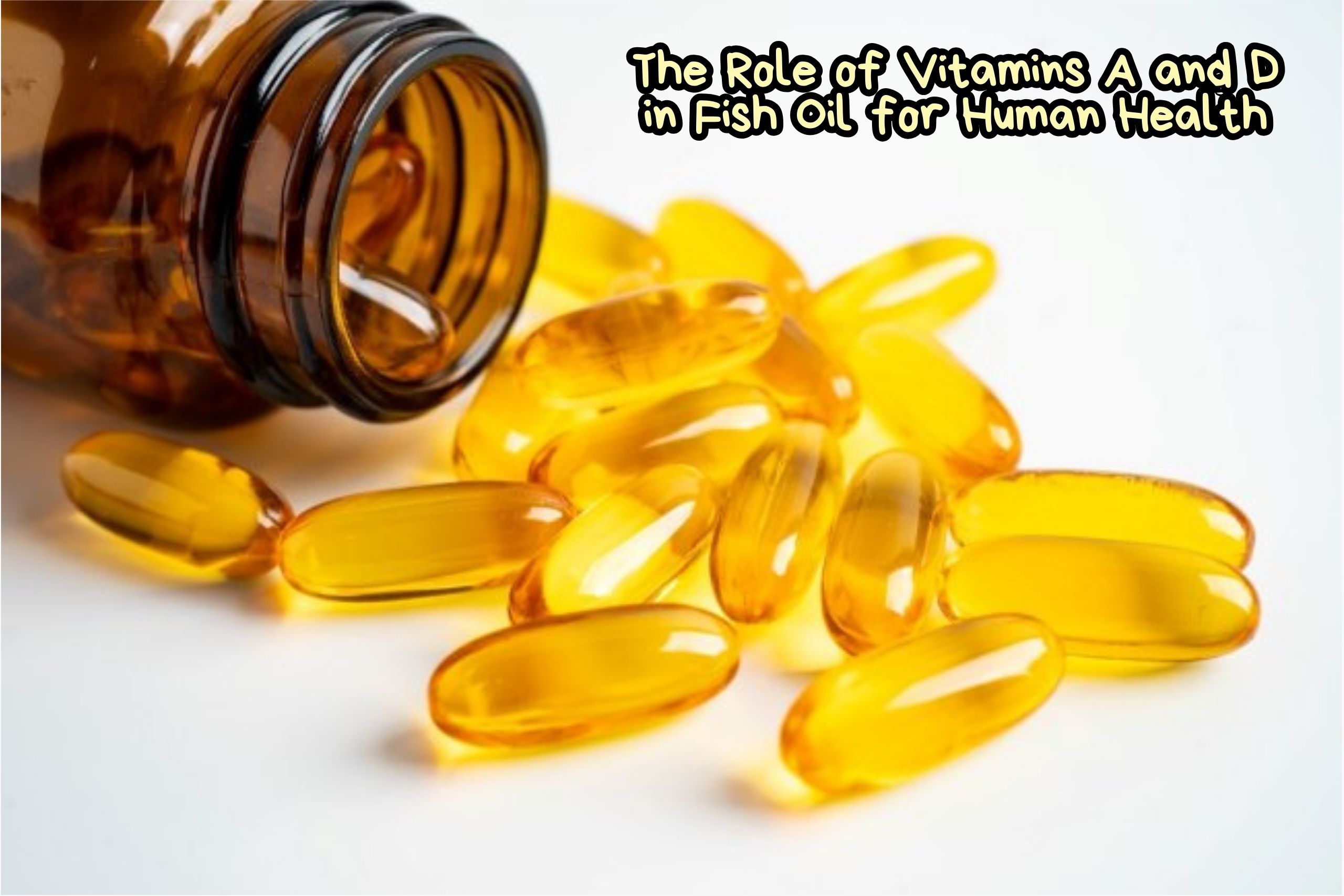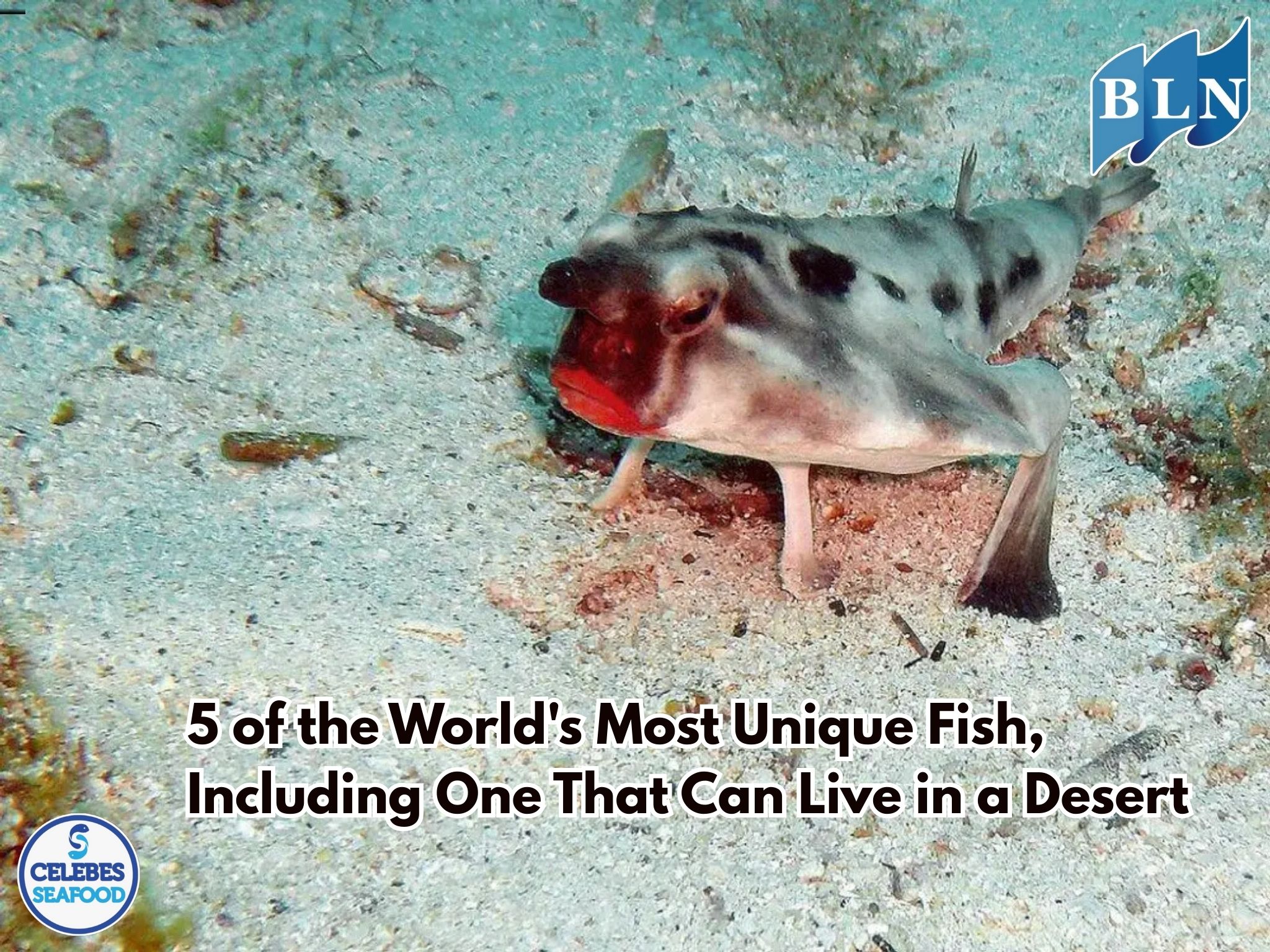Pufferfish as Bioindicators of Environmental Health
By. Edi - 25 Aug 2025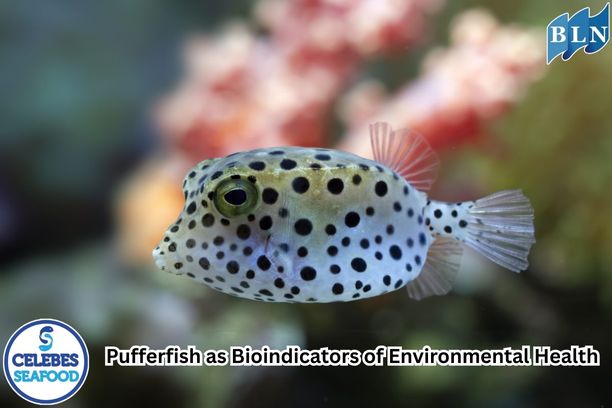
lautnusantara.com Pufferfish, known for their inflated ability and deadly venom, are actually much more important than just unique creatures. In the scientific world, several species of pufferfish are considered bioindicators of environmental health. This means that their presence or condition can provide clues to the quality and health of the aquatic ecosystems in which they live.
A. Why Can Pufferfish Be Bioindicators?
Pufferfish are effective indicators for several reasons:
Sensitive to Environmental Change: Pufferfish, especially certain species, are highly sensitive to changes in water quality, such as pollution levels, salinity (salt content), and temperature. These changes can affect their behavior, growth, and reproduction. If water quality deteriorates, pufferfish populations will decline or even disappear.
- Toxin Accumulation: Pufferfish can accumulate toxins and harmful substances, including pollutants from industrial waste, pesticides, and heavy metals like mercury. Scientists can analyze pufferfish tissue to measure pollutant levels in the environment. High concentrations of pollutants in pufferfish are a warning sign of a pollution problem.
- Key Species in the Food Chain: Pufferfish are predators that feed on crustaceans, mollusks, and other invertebrates on the seafloor. By consuming these organisms, they absorb toxins from the food chain. Their health directly reflects the health of the entire ecosystem below.
B. Examples of Pufferfish as Indicators
One prominent example is the pufferfish of the genus Arothron. This species is often found in shallow waters and coral reefs. Studies show that when coral reefs are damaged by pollution or global warming, pufferfish populations are also affected, even experiencing drastic declines.
By monitoring the number, health, and condition of pufferfish, researchers can detect environmental problems early. This approach allows authorities to take action to reduce pollution or protect habitats before the impact becomes too severe for the overall ecosystem.
C. Why Do Pufferfish Bloat?
Pufferfish have a very unique defense mechanism. When threatened, they rapidly pump water (or air, if outside the water) into their highly elastic stomachs. This process causes their bodies to balloon to many times their original size, forming a spiky ball that is difficult for predators to swallow.
D. Deadly Weapon: Tetrodotoxin
The most dangerous part of the pufferfish is its poison, tetrodotoxin. This toxin is a neurotoxin that is 1,200 times more deadly than cyanide. Tetrodotoxin is not confined to one part of the body, but accumulates in internal organs such as the liver, ovaries, intestines, and skin.
- Toxin Origin: Pufferfish do not produce this toxin themselves. They obtain it from bacteria that live in the food they consume, such as sea slugs and algae.
- Effects on Humans: If ingested, this toxin can cause numbness of the tongue and lips, convulsions, paralysis, and even death from respiratory failure.
In short, pufferfish are not only natural wonders to be wary of, but also underwater spies that provide crucial information about the state of our environment.
If you are interested in our Coral Trout Fillet Skin On, CORAL TROUT WGG WHOLE GILLED GUTTED, TOMATO COD WHOLE GILLED GUTTED please do not hesitate to contact us through email and/or whatsapp.
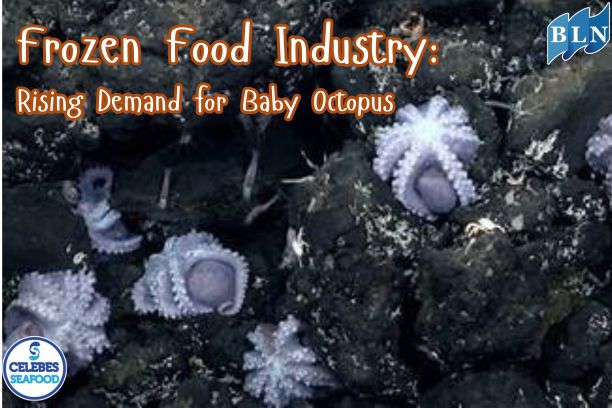
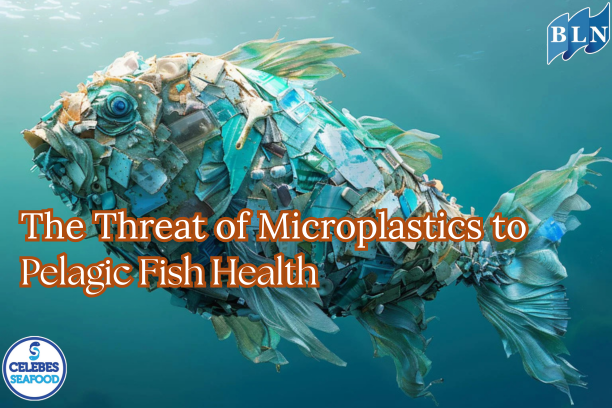


 Biology, Behavior, and Utilization.jpg)
